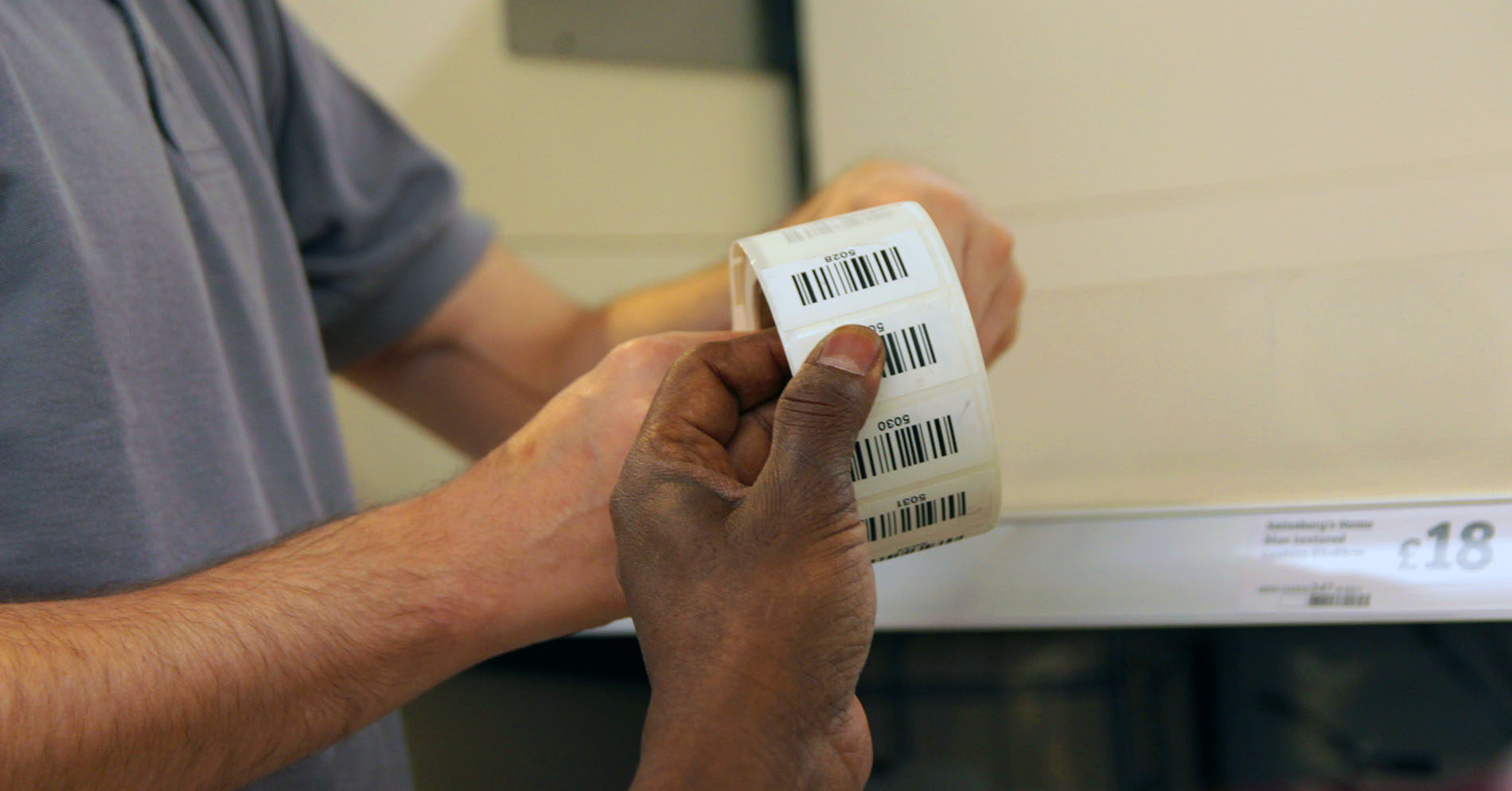Asset Verification: From Compliance to Competitive Advantage

Asset verification is no longer just about ticking a compliance box. In today’s environment of tighter budgets, stricter regulations, and growing accountability, it must be recognised as a strategic process that delivers far more than audit readiness.
When it is done well, asset verification protects budgets, improves efficiency, reduces risk, and adds long-term value. Organisations that approach it strategically gain better insights, stronger control, and a real competitive edge.
What is asset verification?
Asset verification is the process of confirming that every physical asset recorded in your system actually exists, is in the right location, and is in the expected condition. It ensures that your asset register reflects reality rather than assumptions.
Closely linked to verification is asset tagging, which is the process of attaching barcodes, RFID tags, or other identifiers to assets. Tagging provides each asset with a unique identity, making it easier to track, verify, and update records over time. Together, asset tagging and verification form the foundation of accurate and reliable asset management.
Why does it matter?
Asset verification is important for several reasons:
- Compliance: Meeting accounting and audit requirements with confidence.
- Fraud prevention: Reducing the risk of theft, loss, or unauthorised transfers.
- Data integrity: Providing a trustworthy foundation for decision making.
- Efficiency: Avoiding duplicate purchases and maximising asset utilisation.
- Stakeholder trust: Inspiring confidence among auditors, investors, and insurers.
When combined with asset tagging, verification becomes even more powerful, ensuring assets are not only accounted for but also easily traceable across their entire lifecycle.
Common pitfalls
Despite its importance, many organisations fall into the same traps:
- Unclear objectives: projects lack focus and grow beyond scope.
- Outdated registers: inconsistent or incomplete records make matching difficult.
- Over-reliance on manual processes: slow and error-prone.
- Siloed departments: finance, operations, and IT working in isolation.
- Failure to act on findings: discrepancies identified but never investigated.
- Treating verification as a one-off: accuracy declines quickly without ongoing checks.
A modern approach to asset verification and tagging
To move beyond compliance and unlock business value, organisations should adopt a structured framework:
- Define clear objectives: set measurable goals for accuracy and audit readiness.
- Standardise your baseline data: clean and prepare your asset register before starting.
- Use hybrid methods: combine technology such as barcoding or RFID tagging with skilled field teams.
- Integrate across departments: ensure finance, operations, and maintenance share the same version of the truth.
- Investigate root causes: address why variances happen, not just the numbers.
- Adopt rolling verification: use cyclical or ongoing checks to keep data accurate.
- Ensure transparency: maintain evidence and audit trails to prove compliance at any time.
Asset tagging helps at every stage by linking each physical asset to your records, making verification and future audits quicker and easier.
How RGIS adds value
RGIS provides more than just counts of your assets. Our combined asset tagging and verification services deliver:
- Accurate, verified records across all locations and asset classes
- Tagged assets with unique identifiers for easier tracking and reporting
- Efficient verification processes that minimise disruption
- Comprehensive variance reporting to highlight risks and discrepancies
- Expert recommendations for stronger asset management practices
With specialist trained auditors, proven methodologies, and advanced technology, we help organisations establish long-term control over their assets.
Why asset verification matters to your business
Asset verification is essential not only for compliance but also for resilience, efficiency, and trust. When combined with asset tagging, it provides a complete, future-proof solution to ensure assets are properly identified, tracked, and managed.
By approaching both strategically, organisations can reduce risk, cut costs, and strengthen their competitive position.
Talk to RGIS today to discover how our asset tagging and verification services can protect and maximise the value of your assets.
Frequently Asked Questions about Asset Verification
What is asset verification?
Asset verification confirms that every asset recorded in your system physically exists, is in the correct location, and is in the expected condition.
What is asset tagging?
Asset tagging gives each asset a unique identifier, such as a barcode, QR code or RFID tag, making it easy to track, verify, and manage throughout its lifecycle.
How do asset tagging and asset verification work together?
Tagging creates a permanent link between an asset and your records, while verification ensures those records stay accurate. Together, they provide a complete, reliable asset management solution.
Why use RGIS for asset verification?
RGIS combines advanced technology with experienced teams to deliver efficient, accurate, and auditable asset tagging and verification services that help businesses improve compliance, efficiency, and control.